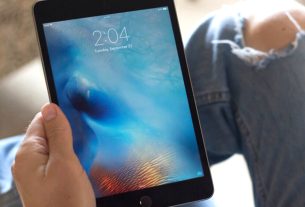
We’re big on hand washing in my family, and here’s strong validation for that position: Two scientists report that high-powered laundering of paper money measurably cleans it up. This could keep it in circulation longer, offering economic and ecological benefits. As well as making it cleaner.
The researchers, Nabil M. Lawandy and Andrei Smuk, report that the main soil on banknotes is oxidized sebum, which yellows the notes over the 3-15 years of their life. Sebum is the protective oil secretion that rubs off from human skin onto the money. It is also the material that causes teenagers such dermatological agonies.
When money gets dirty enough, it is diverted to be shredded. About 150,000 tons of dirty or damaged bills go to shredding and disposal worldwide each year. Printing those 150 billion new notes costs $10 billion. Lawandy’s research team investigated whether cleaning could delay retiring bills by removing accumulated sebum.
Their approach used “supercritical” carbon dioxide (SCCO2), which behaves as both a gas and a liquid and is used in other cleaning applications. Tests on banknotes from around the world showed that supercritical carbon dioxide removed common contaminants, including oxidized sebum, motor oil, other oils, and common bacterial colonies, while also leaving anti-counterfeiting measures intact, such as holograms and phosphorescent inks. The SCCO2 cleaning procedure reduced the bulk weight of the banknotes up to 4%, indicating that quite a bit of contaminant was removed. I find that an impressive addition to the hand washing, sanitizer, sneeze etiquette, and 30-second rule.




Having defined the goal, a novice businessman will be able to understand how short-term or long-term his activity will be, read more about https://www.zoominfo.com/c/gld-partners-lp/461773336 . This, in turn, will help determine the amount of investments that a person can “donate” to an investment fund